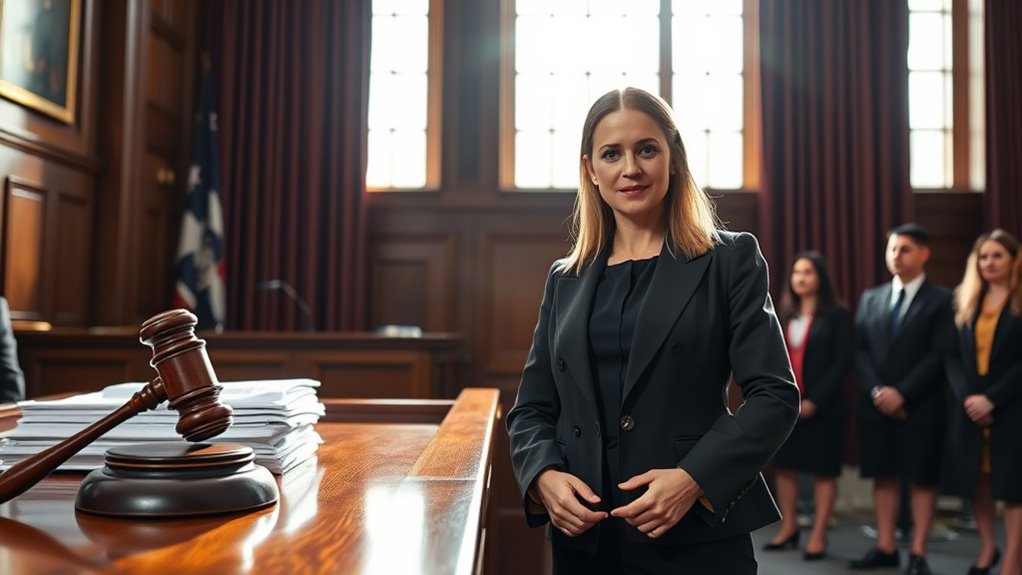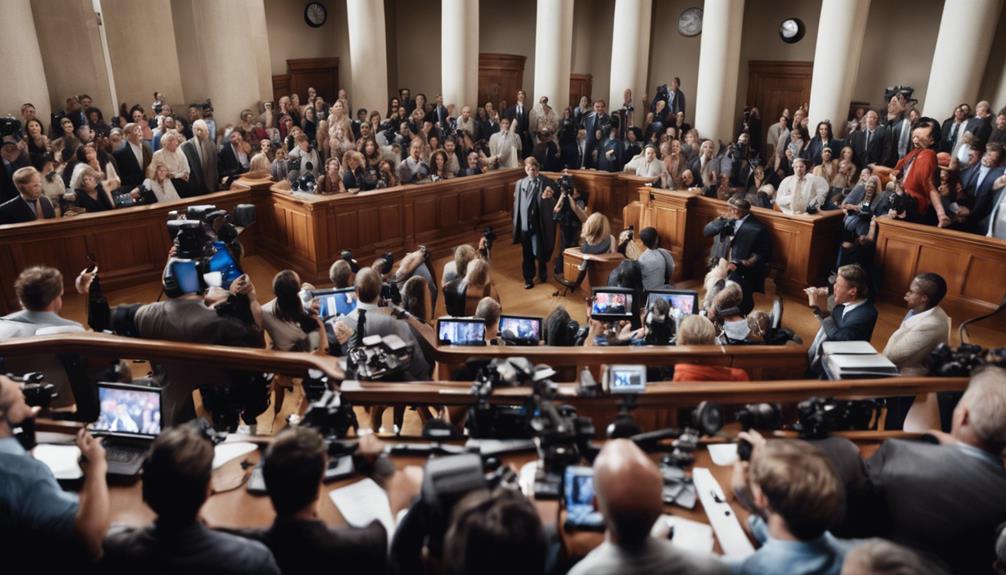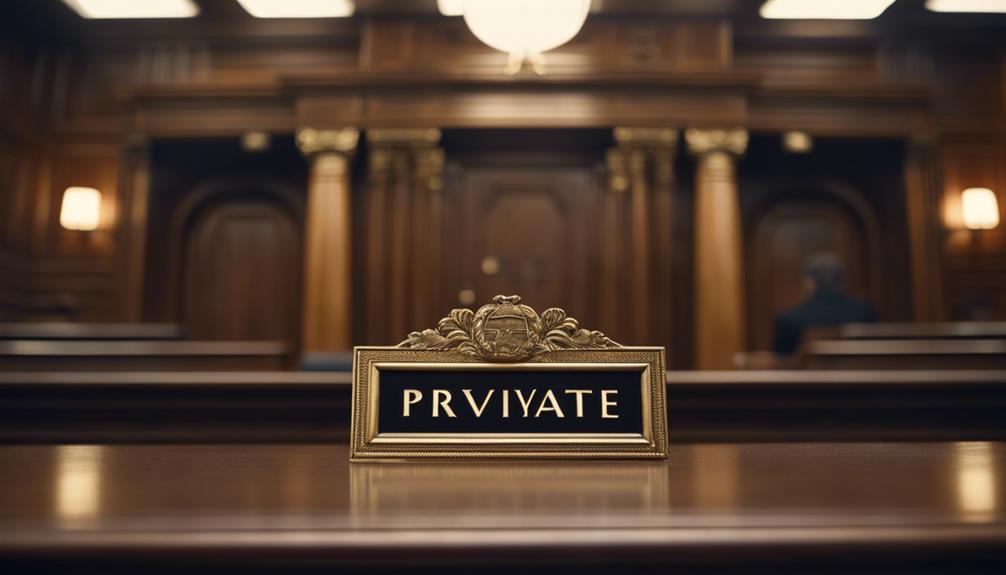When Britney’s conservatorship ends, the court approves her full decision-making authority is restored, and the conservator’s control is lifted. You’ll find that her rights to manage her personal, financial, and healthcare choices are reestablished automatically, but there’s usually a final court review and a report to confirm everything is in order. If you want to understand the specific steps involved and what comes next, keep exploring the process details with us.
Key Takeaways
- The conservatorship ends through court approval after confirming Britney’s regained capacity.
- A final accounting report must be filed by the conservator before case closure.
- Britney gains full control over personal, financial, and healthcare decisions once the conservatorship is terminated.
- The conservator’s authority ceases immediately upon court’s termination order.
- Court records remain accessible unless sealed, officially closing the legal guardianship case.

When the circumstances that led to a conservatorship change—such as the conservatee’s recovery, death, or improved capacity—the guardianship can be terminated. You need to understand that this process isn’t automatic; it requires formal legal steps and court approval. If the conservatee’s condition improves enough to manage their personal and financial affairs, they or someone interested in their welfare can petition the court for termination. Similarly, the death of the conservatee automatically ends the conservatorship, with no further action needed. But in other cases, interested parties like family members, the conservator, or the conservatee (if deemed competent) can file a petition to end the guardianship. Routine court reviews, often conducted by court investigators, might recommend termination if it’s clear the conservatorship is no longer necessary or appropriate, prompting formal court hearings to evaluate the situation. Courts also consider whether the conservatorship was established lawfully or if it was based on outdated or incorrect information.
The process begins with a formal petition or motion filed in court requesting termination. The petitioner must provide relevant documentation, such as a final accounting if the conservator has been managing assets or estate. Once the petition is filed, all interested parties—like the conservatee, family members, and close friends—must be notified to ensure they’re aware of the proceedings. This transparency allows them to participate or object if needed. A court hearing then takes place where evidence, medical reports, and testimonies are presented. The judge assesses whether the conservatorship remains necessary or if the conservatee has regained sufficient capacity to handle personal and financial decisions on their own. Legal standards for capacity are considered during this evaluation to ensure appropriate decisions are made. After considering all factors, the court issues an official order terminating the conservatorship.
Once the court approves the termination, the conservatee regains full control over their personal, financial, and healthcare decisions, assuming they’re competent. The authority of the conservator immediately ends, and any property or assets under their control should be returned to the conservatee or managed according to their wishes. The termination also means that court supervision concludes unless alternative protective arrangements are put in place. The court records the closure of the conservatorship, but these records usually remain accessible unless sealed. The conservator then has final duties, including filing a final accounting report that details how they managed the conservatee’s assets. This report ensures transparency and accountability before the case is officially closed, marking the legal end of the guardianship and restoring independence to the conservatee.
Frequently Asked Questions
Can Britney Sue Her Conservators for Wrongful Actions?
You can sue your conservators for wrongful actions if you believe they misused your assets, neglected your needs, or infringed on your rights. Even after the conservatorship ends, you might pursue damages for financial exploitation, abuse, or neglect. However, challenges like limited legal capacity, statutes of limitations, and difficulty accessing records can make it harder to succeed. Consulting a lawyer can help you understand your options and build a strong case.
What Are the Financial Implications After Conservatorship Ends?
After your conservatorship ends, you regain control of your assets if you’re deemed capable. You’ll handle your finances independently, but any unresolved legal obligations from the conservatorship must be settled. If you suspect misuse, you might have grounds to take legal action. It’s essential to review your financial situation, verify all debts are paid, and consider future planning to protect your assets and financial independence.
How Does Conservatorship Termination Affect Britney’S Privacy Rights?
Ever wonder what happens to your privacy when a conservatorship ends? Well, once it’s over, you regain full control over your personal, medical, and financial decisions. Your privacy rights strengthen, and you’re no longer under court or conservator oversight. You can share or withhold information freely and pursue legal action if past disclosures violated your privacy. Fundamentally, you reclaim your autonomy, protecting your private life from unwarranted intrusion.
Are There Ongoing Legal Restrictions Post-Conservatorship?
After a conservatorship ends, you generally regain full control over your personal and financial affairs. There are no automatic ongoing restrictions, but if needed, courts can impose or lift restrictions separately. You might need to file final reports or accountings to close the case properly. If ongoing protections are necessary, new legal orders can be established; otherwise, you’re free from conservatorship restrictions once the process is complete.
What Support Systems Are Available for Britney After Conservatorship?
Support systems after a conservatorship can feel like a safety net catching you when you fall. You have access to professional help from financial advisors, therapists, and legal advocates to guide your recovery. Family and friends may also be there, though rebuilding trust can take time. Public advocacy groups and online communities can offer emotional support and raise awareness, helping you regain independence and rebuild your life after the conservatorship ends.
Conclusion
When Britney’s conservatorship concludes, your curiosity craves clarity and confidence. Understand the legal landscape, learn the lessons, and embrace the newfound freedom. By staying informed and involved, you can support others stepping into similar situations. Remember, the road to recovery is a rollercoaster—resilience, respect, and vigilance are essential. So, stay savvy, stay strong, and celebrate the courage it takes to create a clear, confident chapter beyond conservatorships.










